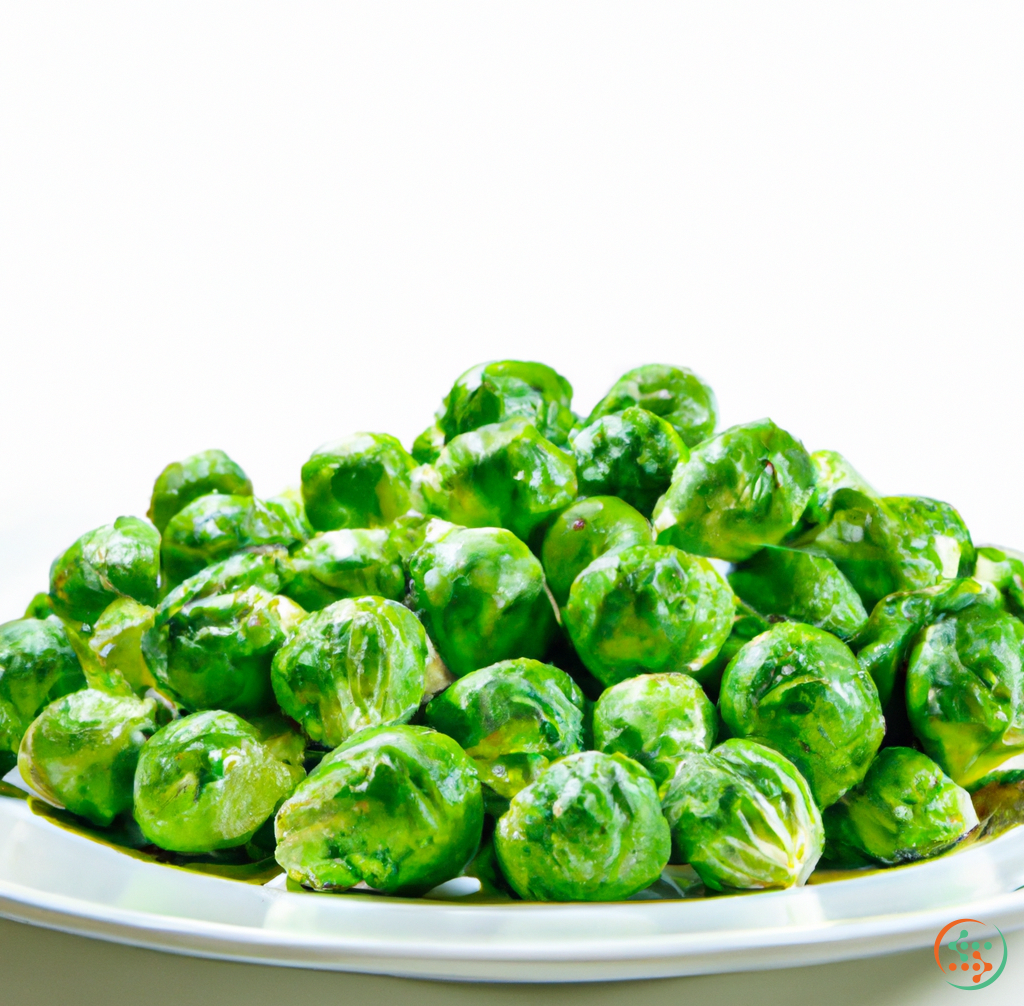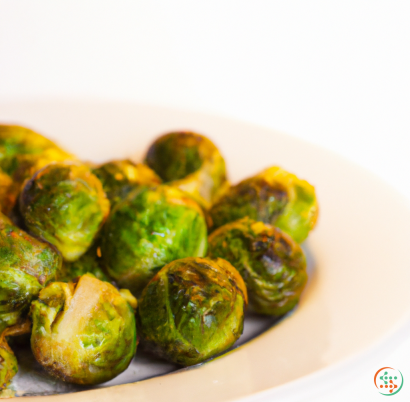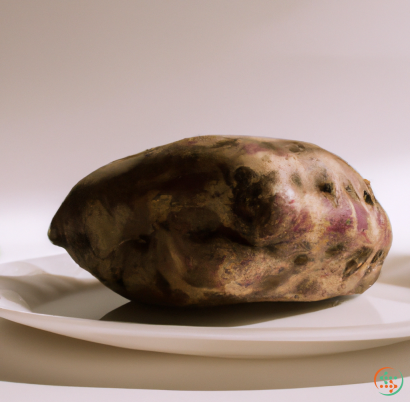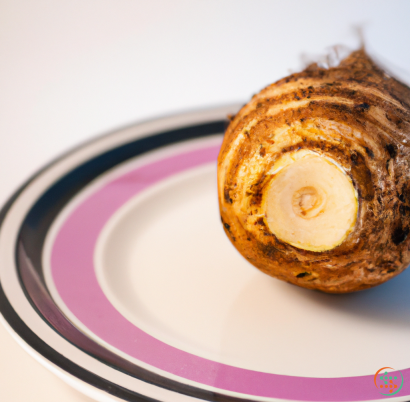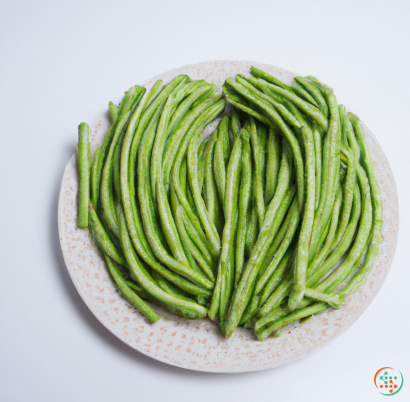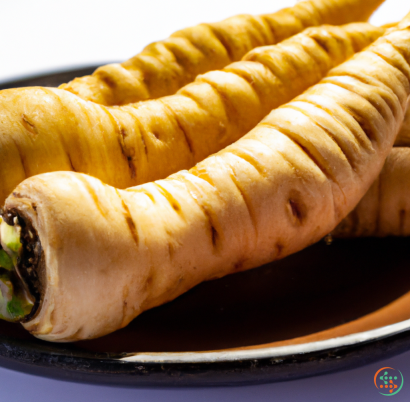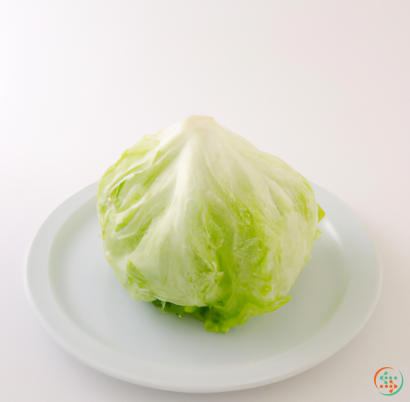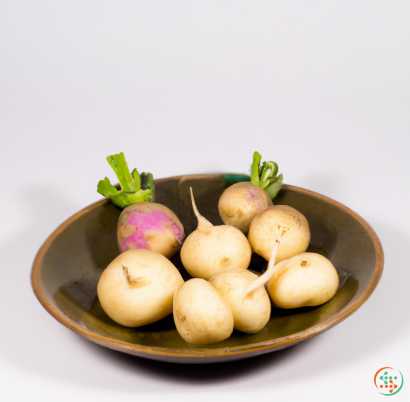Brussels Sprouts
, its origins, and how Brussels sprouts are prepared
Ah, Brussels sprouts – the name conjures images of table-side debates about the division of these small green vegetable globes among family members at meals. Although some may have a long and difficult relationship with them, Brussels sprouts can actually be quite delicious when cooked properly.
What are Brussels Sprouts?
Belonging to the same species of wild cabbage, Brussels sprouts are cruciferous vegetables that come from the same family as kale, cauliflower, and cabbage. The tightly packed buds of the plant grow on long stalks ranging anywhere from two to four feet in height. These stalks can be harvested and eaten whole and raw, typically lending a mild and nutty flavor.
Origin of Brussels Sprouts
Brussels sprouts get their name from their city of origin, Brussels, Belgium. While some historians believe they’ve been around since Ancient Roman times, more concrete evidence shows that they have been grown in Belgium since the 1600s. From there, they made their way across Europe and eventually gained popularity in the United States and other parts of the world.
Nutritional Benefits of Brussels Sprouts
In addition to their unique and delicious taste, Brussels sprouts also offer a host of health benefits. Brussels sprouts are a good source of vitamin C, vitamin K, and dietary fiber. Additionally, one serving (about half a cup) of Brussels sprouts contains 1.3 grams of protein, 3.2 grams of carbohydrates, and .3 grams of fat. This makes them a great accompaniment to any diet and an excellent way to get in a few more daily nutrients.
How to Prepare Brussels Sprouts
Naturally, the best way to experience Brussels sprouts is to prepare them correctly. There are a multitude of ways to do so, depending on the end result.
One popular method is roasting Brussels sprouts with olive oil and salt to create a crispy and savory side dish. Typically, the Brussels sprouts are cut into halves or quarters and combined with a few cloves of garlic and some herbs before they’re tossed in the oil and roasted in a 450-degree oven until they’re nicely browned.
For a lighter option, Brussels sprouts can be steamed and served with a drizzle of lemon juice or balsamic reduction for additional flavor. To do this, trim off the tips of the sprouts and steam them for about six minutes or until they’re tender.
Another great recipe is the classic Brussels sprouts and bacon. For this, the bacon is cooked until crisp and the Brussels sprouts are cooked for about five minutes in the bacon fat. The sprouts are then topped with the cooked bacon pieces, a sprinkle of salt, and served.
Finally, a dish that’s perfect for the summer months is shredded Brussels sprouts. For this, the sprouts are thinly sliced and added to a hot skillet with a tablespoon of olive oil and a few cloves of garlic. Once softened (usually within a few minutes), they’re ready to be served with a sprinkle of Parmesan cheese and a squeeze of lemon juice.
Whether the goal is to make a savory side dish or a crisp and crunchy salad, Brussels sprouts can make a delicious addition to any meal. With a variety of preparation options and many nutritional benefits, it’s easy to see why these tiny green veggies have become so popular.
Brussels Sprouts: A Journey from Field to Table
Brussels sprouts are one of the most popular winter vegetables. They’re versatile, delicious, high in fiber, vitamins, and minerals, and can be used to make a wide range of dishes. Before Brussels sprouts reach your dinner plate, however, they have traveled a long way, including cultivation, harvesting, transport, and processing. In this article, we will trace the journey of Brussels sprouts from the field to the table.
Cultivation
To produce Brussels sprouts, seeds are sown in ploughed soil during the spring months. Brussels sprouts prefer well-drained, rich soil with plenty of nitrogen. The plants are typically spaced 10 to 12 inches apart, with rows being about 24 inches apart. To ensure optimal growth, farmers use fertilizers to provide essential elements like nitrogen, phosphorus, and potassium. In some cases, farmers may also treat the soil with herbicides to protect the plants from weeds.
Around 85-95 days after planting, the yield is ready for harvesting. During this time, the plants must be watered frequently and kept free from diseases and pests. If left unchecked, they can have a devastating effect on the yield. Farmers may also cover the heads of those in the upper rows with protective covers to prevent damage by insects.
Harvesting
Harvesting Brussels sprouts begins in late autumn or early winter. Utilizing mechanical harvesters, the Brussels sprouts are cut off the stems and collected into crates or boxes. During this process, it is important that the Brussels sprouts and the surrounding plants remain intact. This helps to protect the crop from damage during the transport and storage stages.
Once the Brussels sprouts are harvested, they are sorted and graded according to size, shape, color, and condition. Farmers then begin the process of cooling and packing them for transport. The cooling process helps to preserve their quality and extends the shelf-life of the product. The cooled Brussels sprouts are then placed in cardboard boxes or shipping containers and transported to the market.
Transport
Transporting Brussels sprouts is a critical part of the journey from the field to the table. Brussels sprouts are usually transported by truck, train, or ship. To protect them during transportation, they are placed in insulated crates or containers. The crates or containers help to regulate the temperature and keep them insulated. This, in turn, helps to maintain the quality and freshness of the product.
Before they are shipped, the Brussels sprouts are weighed and inspected to ensure that the product meets quality standards. The crates of Brussels sprouts are then loaded onto the trucks or trains and transported to their destination. To ensure that the product is not damaged, it is important that the transport process is managed efficiently and professionally.
Processing
Once the Brussels sprouts arrive at the processing plant, they are re-checked for quality and inspected for any signs of damage. Those that do not meet the required standards are rejected, while the rest enter the processing stage. Here, they are washed in cold water to remove any dirt or debris, and then inspect them again to ensure they are of the highest quality.
Once they pass inspection, the Brussels sprouts are then cut, packaged, and labeled. The packages are then stored in a temperature-controlled environment and are ready to be shipped to their destinations. By this stage, the Brussels sprouts have spent weeks traveling and going through numerous quality checks before they reach the shelves of supermarkets and grocery stores.
Delivery
The final step in the journey of Brussels sprouts is to get them to the customer. Supermarkets and grocery stores usually purchase the Brussels sprouts from the processing plant and ship them to their stores. From there, the Brussels sprouts are placed on the shelves for sale.
Consumers can also purchase Brussels sprouts online, which is becoming an increasingly popular option. When purchased online, the Brussels sprouts are usually shipped directly from the processing plant. This helps to ensure that the product is as fresh as possible when it arrives at the customer’s doorstep.
Table
Brussels sprouts are now ready to be enjoyed in a variety of dishes. They are a versatile vegetable and can be boiled, steamed, roasted, stir-fried, and added to salads. Some of the most popular dishes include Brussels sprouts with bacon and honey, Brussels sprouts with balsamic vinegar, and roasted Brussels sprouts with Parmesan cheese.
When enjoyed cooked, Brussels sprouts are a great source of dietary fiber and vitamins. They are also low in calories and high in antioxidants, making them a great addition to any meal.
Conclusion
It is clear that Brussels sprouts have a long journey from the field to your dinner plate. Before they make it to your table, they must undergo a series of processes, such as cultivation, harvesting, transport, and processing. Every step of the way, farmers and processors take great care to make sure the Brussels sprouts are of the highest quality and freshness.
By understanding the journey that Brussels sprouts take from field to table, we can better appreciate those delicious dishes enjoyed at home. Moreover, it is important to support local farmers, processors, and retailers who make it possible to enjoy the benefits of this superfood.
| Vitamin A | 0.038 mg | |
| Beta-Carotene | 0.45 mg | |
| Alpha-Carotene | 0.006 mg | |
| Vitamin E | 0.88 mg | |
| Vitamin K | 0.177 mg | |
| Vitamin C | 0.085 grams | |
| Vitamin B1 | 0.14 mg | |
| Vitamin B2 | 0.09 mg | |
| Vitamin B3 | 0.75 mg | |
| Vitamin B4 | 0.0191 grams | |
| Vitamin B5 | 0.31 mg | |
| Vitamin B6 | 0.22 mg | |
| Vitamin B9 | 0.061 mg |
| Calcium | 0.042 grams |
Daily Value 1.3 g
|
| Iron | 0.0014 grams |
Daily Value 0.018 g
|
| Magnesium | 0.023 grams |
Daily Value 0.4 g
|
| Phosphorus | 0.069 grams |
Daily Value 1.25 g
|
| Potassium | 0.389 grams |
Daily Value 4.7 g
|
| Sodium | 0.025 grams |
Daily Value 2.3 g
|
| Zinc | 0.42 mg |
Daily Value 0.011 g
|
| Copper | 0.07 mg |
Daily Value 0.9 mg
|
| Manganese | 0.34 mg |
Daily Value 0.0023 g
|
| Selenium | 0.0016 mg |
Daily Value 0.055 mg
|
| Tryptophan | 0.037 grams | |
| Threonine | 0.12 grams | |
| Isoleucine | 0.132 grams | |
| Leucine | 0.152 grams | |
| Lysine | 0.154 grams | |
| Methionine | 0.032 grams | |
| Cystine | 0.022 grams | |
| Phenylalanine | 0.098 grams | |
| Valine | 0.155 grams | |
| Arginine | 0.203 grams | |
| Histidine | 0.076 grams |
| Glucose | 0.81 grams |
|
| Fructose | 0.93 grams |
|
| Sucrose | 0.46 grams |
|
| Total Sugars | 0.131141 grams |
per 100g
|
| Palmitic acid (16:0) | 0.05 grams |
|
| Total Saturated fatty acids: | 0.05 g | |
| Oleic acid (18:1) | 0.02 grams |
|
| Total Monounsaturated fatty acids: | 0.02 g | |
| Linolenic acid (18:3) | 0.1 grams |
|
| Linoleic acid (18:2) | 0.05 grams |
|
| Total Polyunsaturated fatty acids: | 0.15 g | |
| Phytosterols | 0.02 grams |
|
| Total Sterols: | 0.02 g | |
